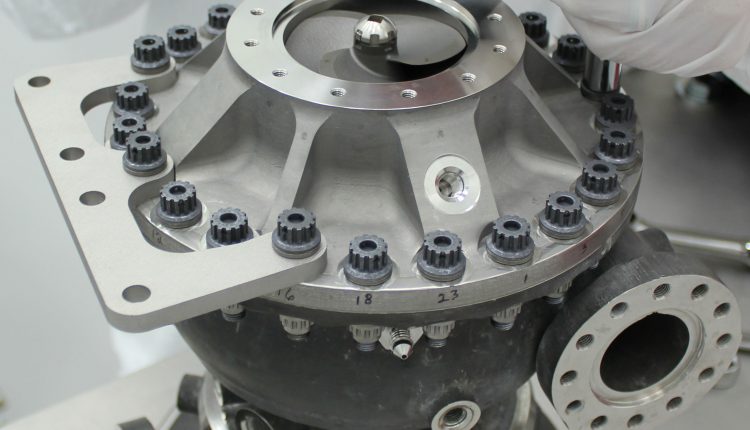NASA Shows Off Its 3D-Printed Rocket Fuel Pump That Achieves 90,000 RPMS
NASA has 3d-printed one of the most complex rocket engine parts — and successfully tested it.
The space agency has been experimenting with 3D-printed parts in an attempt to create better, more affordable space vehicles to propel future space missions. The turbopump is a rocket engine part the consists of a turbine capable of generating over 2,000 horsepower and contains 45% fewer parts than a traditionally manufactured turbopump.
It has taken NASA 15 tests of its 3D-printed turbopump to achieve full power and deliver 1,200 gallons of cryogenic liquid hydrogen per minute, but finally it did, reaching 90,000 RPMs.

“Designing, building, and testing a 3-D printed rocket part as complex as the fuel pump was crucial to Marshall’s upcoming tests of an additively manufactured demonstrator engine made almost entirely with 3-D printed parts,” said Mary Beth Koelbl, deputy manager of Marshall’s Propulsion Systems Department, in a NASA news release. “By testing this fuel pump and other rocket parts made with additive manufacturing, NASA aims to drive down the risks and costs associated with using an entirely new process to build rocket engines.”
The fuel pump, as well as some other engine parts like injectors and valves were all created in just two years. According to NASA propulsion engineer Nick Case, this is half the time it would normally take to create parts for a demonstrator engine.
The successful tests of the turbopump are bringing NASA engineers closer to its goal of completing a fully 3D-printed demonstrator engine.
In the video below, which shows the fuel pump in action, the 3-D printed turbopump was exposed to extreme environments similar to those experienced inside a rocket engine where fuel is burned at greater than 6,000° F to produce thrust. The turbopump delivers the fuel in the form of liquid hydrogen cooled below 400°F.
Story and video via NASA.

